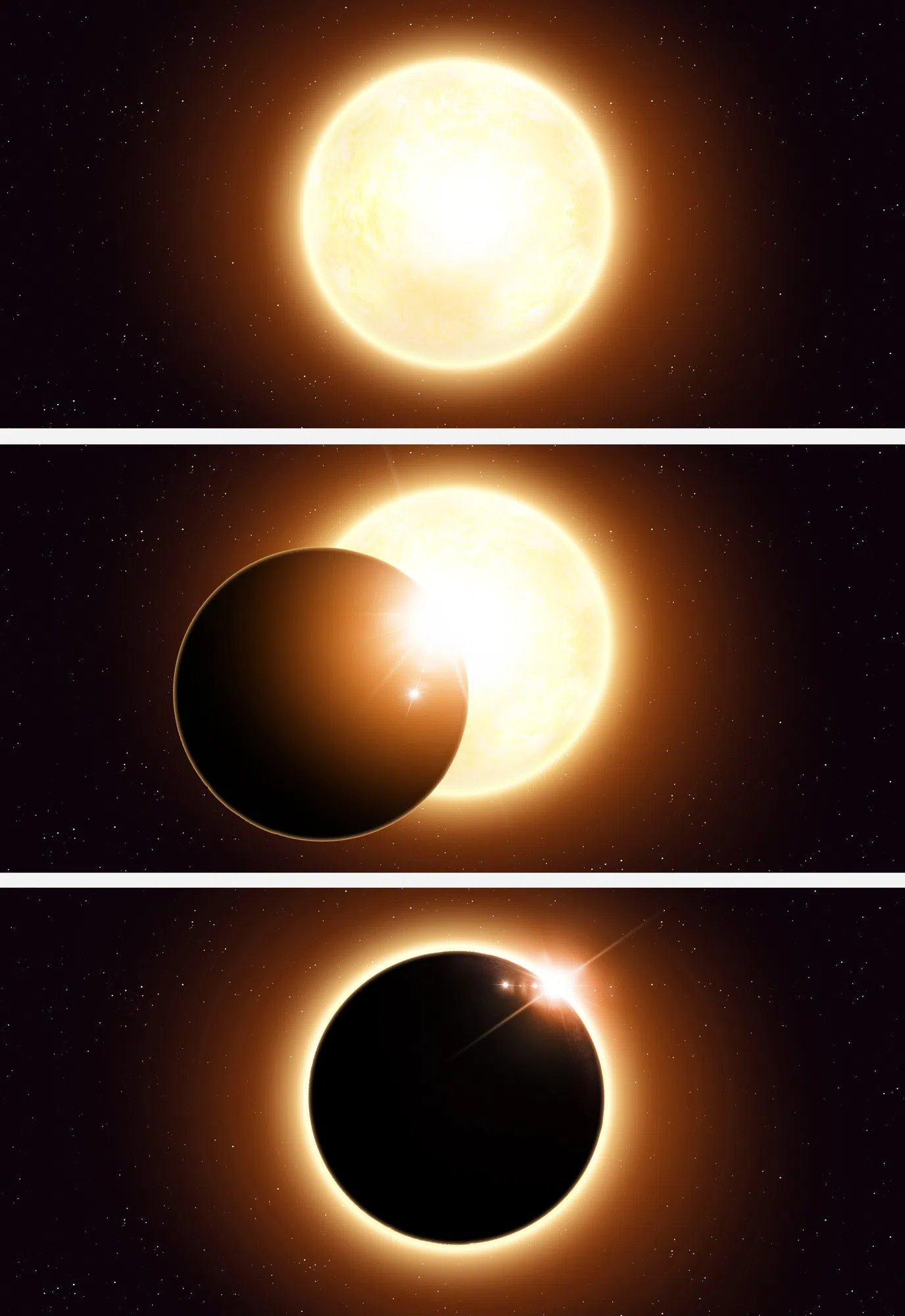
alexaldo / Depositphotos.com
Monday is the big day for the highly anticipated total solar eclipse that will be visible in North America. Even though cloudy weather is expected to decrease the view in Louisiana, LSU Planetary Astrophysicist Dr. Natalie Hinkel said it’s definitely worth stepping outside to see how the moon blocking the sun affects the Earth.
“In Louisiana, we’re only going to be getting a partial eclipse. Starts around 12:30 PM and goes until about 3 PM, where the actual maximum eclipse is roughly around 1:45. Of course it depends on exactly where you are,” said Hinkel.
Animals even react to total solar eclipse, for example, Hinkel said crickets have been known to emerge because they think it’s nighttime and livestock often show signs of anxiety.
“The way the animals react is just an unreal experience, it’s one of those you kind of have to be there kind of thing,” said Hinkel.
And it’s not just animals that react to a total solar eclipse, Hinkel said the weather is also impacted.
“In the 2017 eclipse, I think the temperature swung down by about 10 degrees. Wind starts picking up, so there’s just a variety of things that happen on the earth,” said Hinkel.
Ophthalmologists remind you to never look directly at the eclipse, even a partial view of one without proper eclipse glasses. Doing so can cause permanent eye damage.
You can also safely view the eclipse by visiting science.nasa.gov.
Other Louisiana-related articles on the eclipse:
What to know in Louisiana before the April 8th eclipse







Comments